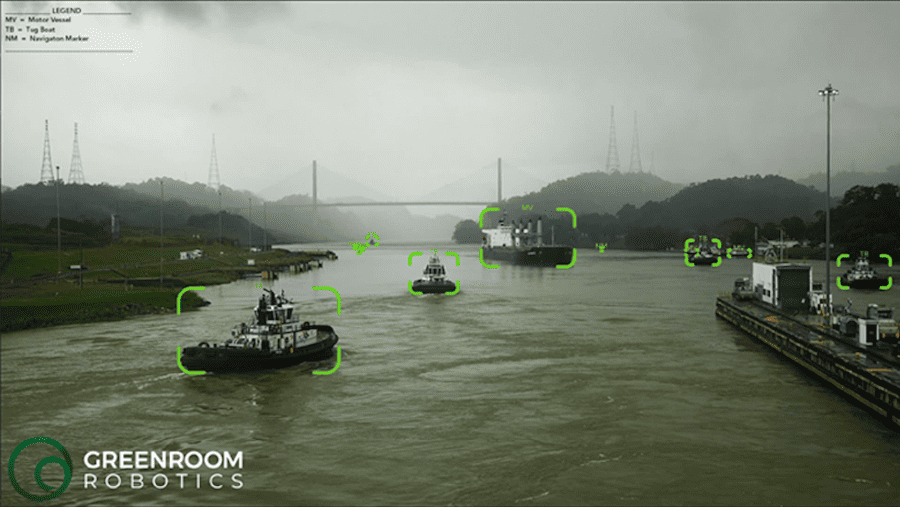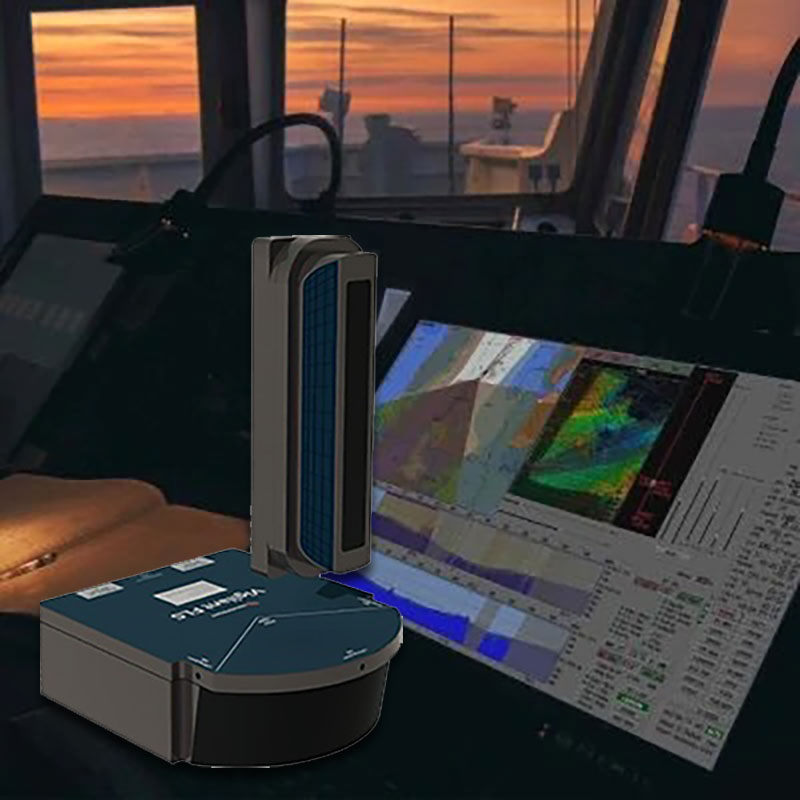Maritime Collision Avoidance System
Maritime collision avoidance systems are essential for enhancing safety at sea by preventing accidents and minimizing risks in challenging conditions. These advanced technologies integrate collision warning systems to offer real-time alerts and guidance, crucial for safe operation in restricted visibility and high-traffic areas. By employing sophisticated sensors and algorithms, these systems help navigate maritime collisions, ensuring vessels can avoid potential hazards and operate securely.Maritime Collision Avoidance Systems (MCAS) are advanced technologies that integrate various sensors and algorithms to assess and manage collision risks. They are essential for safe operation, especially in environments with restricted visibility, such as fog, heavy rain, or nighttime conditions.
MCAS play a crucial role in preventing maritime collisions and enhancing overall maritime safety. By continuously monitoring the surroundings and predicting potential collisions, these systems enable maritime vessels to take timely and effective action to avoid accidents.
Designed to minimize the risk of accidents by providing real-time collision avoidance and warning capabilities, these systems leverage advanced technologies such as radar, AIS, GPS, and visual cameras.
MCAS provide critical support for safe and efficient maritime operations. They enhance situational awareness, reduce the risk of collisions, and ensure compliance with safety regulations.
Maritime Collision Avoidance System Key Features
Radar Systems
Radar is a fundamental component of MCAS. It detects and tracks other vessels, obstacles, and navigational aids, providing real-time data on their positions and movements. Modern radar systems offer enhanced resolution and target discrimination, which is vital for identifying potential collision threats.
Automatic Identification Systems (AIS)
AIS is a communication system that exchanges vessel information, such as position, course, and speed, between ships and shore stations. Integrating AIS with MCAS allows vessels to receive and display information about nearby ships, facilitating better decision-making and collision avoidance.
GPS and Navigation Sensors
GPS technology provides accurate positioning data. When combined with other sensors, this helps in creating precise situational awareness. Navigation sensors, including gyrocompasses and log sensors, contribute to the system’s ability to track and predict vessel movements accurately.
Visual and Infrared Cameras
Visual and infrared cameras enhance situational awareness by providing live footage of the surrounding environment. These cameras are especially useful in low-light conditions or when visibility is compromised, offering additional layers of information for collision avoidance.
Sonar Systems
Sonar systems are used to detect and identify underwater obstacles, such as submerged rocks or other vessels. By emitting sound waves and analyzing the echoes, sonar provides critical data on the location and distance of underwater threats, enhancing collision avoidance, especially in poor visibility conditions.
Computer Vision and AI
Computer vision and AI technologies process visual data from cameras and other sensors to automatically detect and classify objects, such as vessels and obstacles. AI algorithms analyze this data in real-time, predicting potential collision scenarios and providing alerts or automated responses to avoid accidents. This technology improves accuracy and decision-making, making MCAS more effective and reliable.
Integration with Bridge Systems
Modern MCAS are integrated with bridge systems, including chart plotters and autopilots. This integration allows for seamless operation and coordination, ensuring that collision avoidance actions are promptly executed and adjustments are made in real-time.
Maritime Safety Benefits
Prevention of Maritime Collisions
The primary benefit of MCAS is the significant reduction in the risk of maritime collisions. By providing early warnings and actionable data, these systems enable crew members to take proactive measures to avoid potential accidents.
Enhanced Safety in Restricted Visibility
In conditions where visibility is limited, such as during fog or heavy rain, MCAS provides critical information that helps navigate safely. This capability is vital for ensuring the safety of both the vessel and other maritime traffic.
Improved Operational Efficiency
Efficient collision avoidance not only enhances safety but also contributes to smoother and more predictable maritime operations. Reduced risk of accidents leads to fewer disruptions and potential delays, improving overall operational efficiency.
Compliance with Regulations
Many maritime regulations and safety standards mandate the use of collision avoidance systems. Adopting MCAS helps vessels comply with these regulations, ensuring that they meet safety requirements and avoid potential penalties.
Choosing the Right Collision Avoidance System
Selecting the appropriate Maritime Collision Avoidance System involves considering various factors, including the type of vessel, operational environment, and specific safety requirements.
When choosing an MCAS, it is essential to assess the system’s features, integration capabilities, and compatibility with existing onboard equipment. Consulting with experts and evaluating different options can help in selecting a system that best fits the needs of the vessel and its operations.
Products (6)
Related Articles

AI Maritime Monitoring & Marine Systems Test Facility

Cutting-Edge Software & AI Solutions for Enabling Maritime Autonomy At Scale

AI-Driven Intelligent Marine Guidance Solution for Safe & Efficient Vessel Operations

Innovative Autonomy & Uncrewed Vessel Technologies for Maritime Operations
Radar & Sensor Data Acquisition, Tracking & Display Solutions for Maritime & Offshore Applications

AI-Powered Maritime Autonomy & Remote Control Solutions for Government & Commercial Vessels

3D Forward Looking Sonars (FLS) for Critical Vessel Navigation & Situational Awareness

Advanced Sonar Systems for Underwater Detection, Imaging & Navigation























